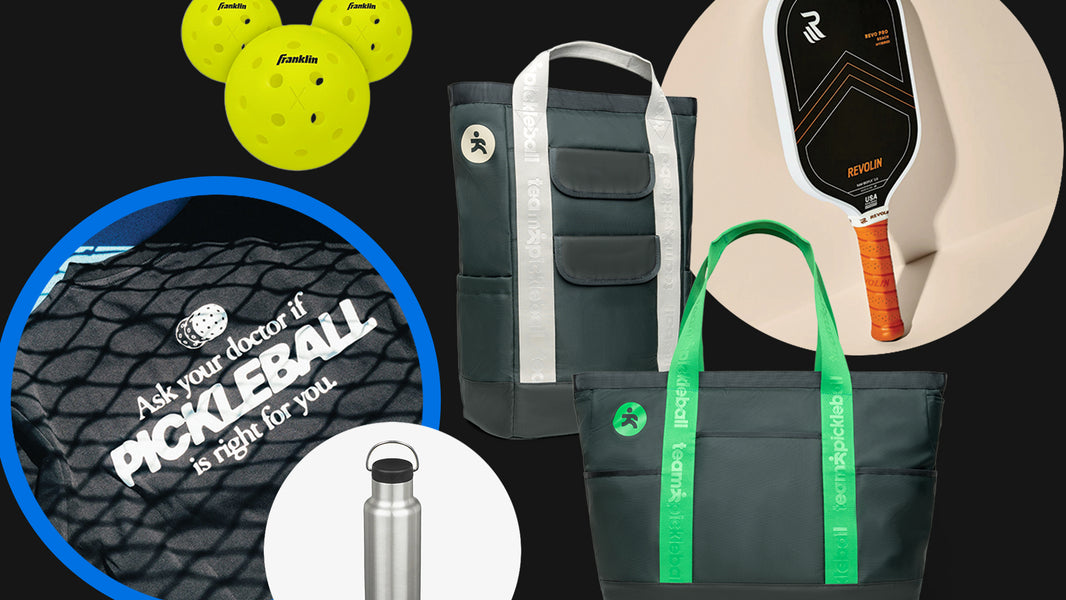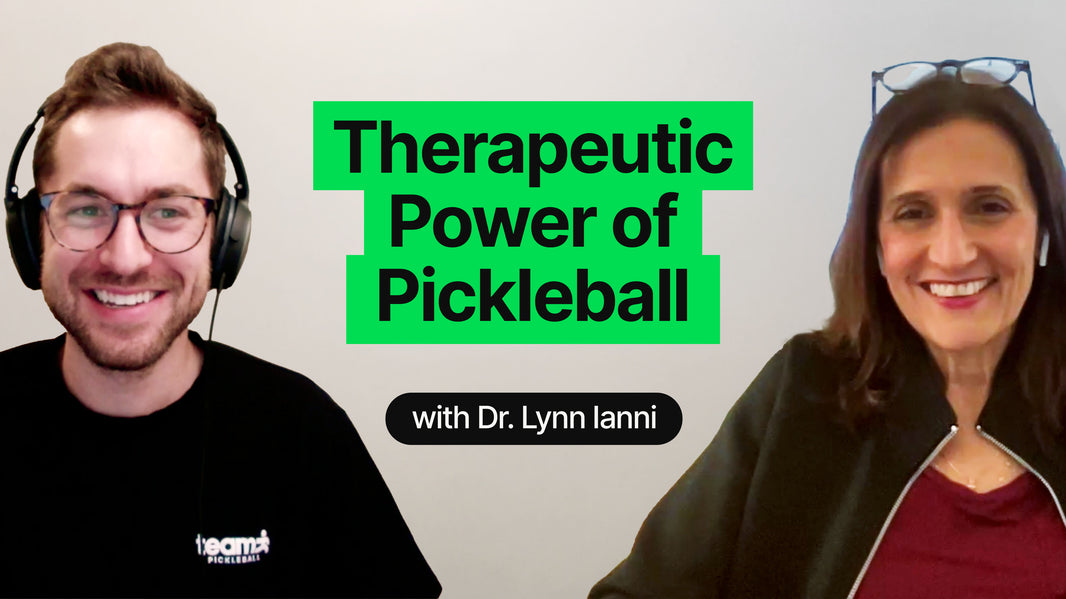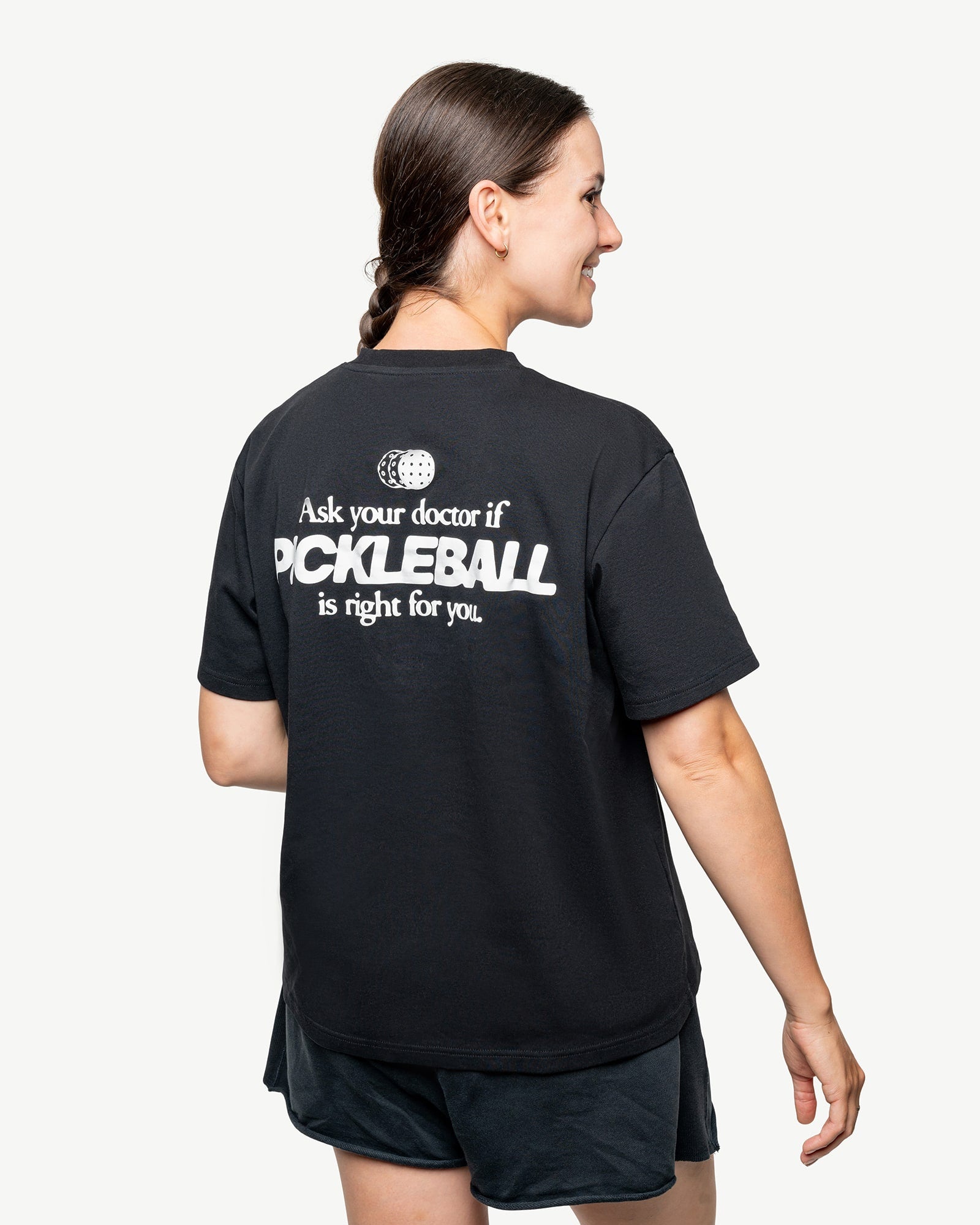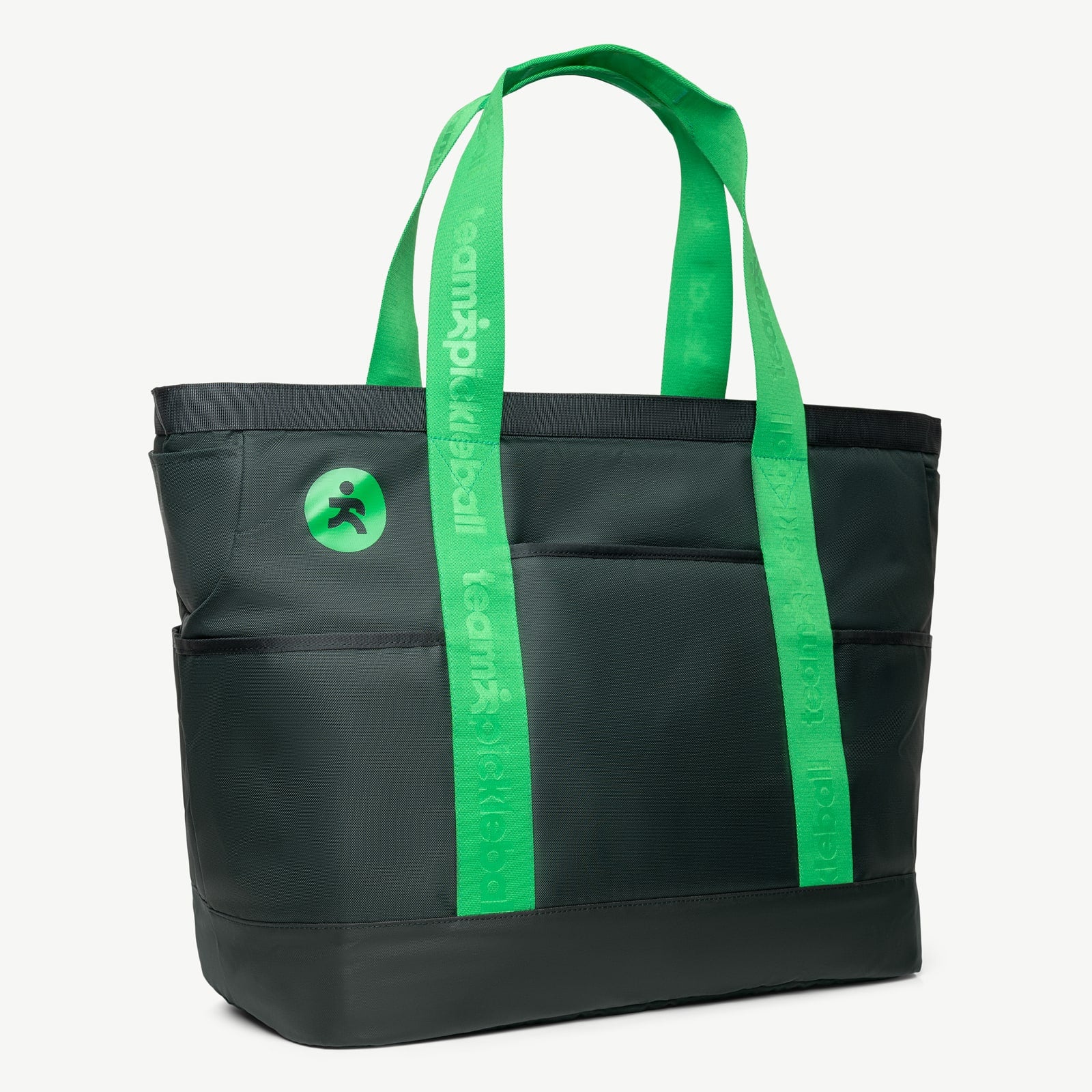Pickleball has exploded in popularity over the last few years, attracting players of all ages and skill levels. However, with more people playing the sport, more people are naturally getting injuries, a topic that has gained attention in both the sports and medical communities. To help players stay on the court and avoid the common pitfalls of injury, I had the pleasure of sitting down with Noe Sariban, known as The Pickleball Doctor. Noe is a doctor of physical therapy and a former competitive pickleball player who now focuses on helping players prevent and recover from injuries related to the sport. He’s also a key member of Ben Johns' team, working closely with him during tournaments to ensure peak performance and injury prevention.
In this comprehensive guide, we'll cover key insights from our conversation, including injury prevention strategies, the importance of proper warm-ups, and what to do if you find yourself sidelined by an injury. Whether you're a beginner or a seasoned pickleball player, this guide will equip you with the knowledge to enjoy pickleball safely with hopefully fewer injuries along the way.
The Rise of Pickleball and the Increase in Injuries
Noe clarified that the rise in pickleball injuries is not necessarily due to the sport being inherently dangerous. Instead, it results from the sport's growing popularity and the demographic it attracts. "Participation in pickleball has skyrocketed in the past five years," Noe explains. "With more people playing, particularly older adults who might not be as conditioned as younger athletes, it's natural to see an uptick in injuries."
One of the most common misconceptions is that pickleball is a low-risk activity because it appears less intense than other sports. However, pickleball requires quick, agile movements that can be taxing on the body, especially for those who play frequently without proper preparation.
How to Prevent Pickleball Injuries: Key Strategies
1. Invest in Proper Footwear
One of the easiest ways to prevent injuries is by wearing the right shoes. Noe emphasizes that many injuries stem from wearing improper footwear. "The average sneaker out there, the rubber on the bottom of the sole is way too soft for that kind of surface. It's not made for that," he says. "So people who are on the court with running shoes or training shoes, fitness shoes, whatever, the rubber at some point is going to get caught when you're moving on the court. Rubber gets caught, you fall, maybe you land on your wrist, now you hurt your wrist."
For anyone serious about playing pickleball regularly, Noe recommends investing in court shoes specifically designed for tennis or pickleball. These shoes offer better grip and support, reducing the risk of falls.
2. Understand the Game and Your Body
A significant portion of pickleball injuries occur because players are unfamiliar with the sport's movements and strategies. "Their brain and body don't really know the movements required in order to play pickleball. And so a lot of it, just like when you start anything new, you're going to be very reactive instead of anticipating."
Noe suggests that new players spend time learning the game by watching professional matches or taking lessons to understand the sequence of play and proper positioning for doubles and singles pickleball. This knowledge will help players move more efficiently on the court, reducing their risk of injury.
3. Proper Warm-Up is Essential
A common theme in our conversation was the importance of a proper warm-up. "Pickleball players, especially recreational ones, often skip the warm-up," Noe notes. "They show up, hit a few balls, and jump right into a game. But this lack of preparation is a major contributor to injuries."
Warming up properly doesn't have to be time-consuming. Noe recommends a five to ten-minute routine that includes light jogging, high knees, butt kicks, sidesteps, and dynamic stretches for the arms and wrists. This routine will increase your heart rate, get the blood flowing, and prepare your muscles and joints for the demands of pickleball. There are also pickleball specific warm ups you can do which you can find some examples on the The Pickleball Doctor's YouTube.
4. Listen to Your Body
For those who play pickleball regularly, particularly older adults, it's crucial to listen to your body and take proactive steps to prevent injuries. This includes not only warming up properly but also incorporating regular strength and agility training into your routine. "Footwork is probably the most under-looked thing in pickleball that people don't work enough on," Noe says. "If you can move properly for pickleball, and what I mean is not necessarily quickly, it's just appropriately and efficiently, then you have a lower chance of hurting yourself."
Noe also highlights the importance of rest and recovery. "Even if you're feeling great, it's important to give your body time to recover between sessions, especially if you're playing multiple times a week."
What to Do When You Get Hurt
Despite your best efforts, injuries can still happen. Noe shared some valuable insights on how to handle acute injuries, which can occur suddenly, such as sprained ankles or pulled muscles.
1. Consider Avoiding Ice and Ibuprofen
Traditionally, the RICE (Rest, Ice, Compression, Elevation) method has been the go-to for treating acute injuries. However, Noe advises against the use of ice and ibuprofen, which are commonly used to reduce inflammation. "You know, whenever you get hurt, there's an inflammatory process that takes place. And ice and ibuprofen are seen as reducing inflammation. However, the inflammatory process is a natural process that occurs in your body and is there for a reason. And so when you try to suppress that reaction, you may potentially be decreasing your healing response."
Instead, Noe recommends allowing the body to go through its natural healing process if the pain is tolerable. Obviously, if the pain is great, take pain measures as required. In both cases, it's good to have a medical professional evaluate injuries to ensure everything is okay before returning to the court.
2. Encourage Early Movement
One of the most important aspects of recovery is to start moving the injured area as soon as possible. For example, if you sprain your ankle, try to move it gently up and down, even if you can't yet put weight on it. "What you need to do is you need to encourage early motion, early movement of whatever you hurt," Noe advises. "Because what that's going to do is it's going to start moving the fluid in and out of the ankle. And so the fluid that accumulates, the swelling, the stagnant fluid is really what's not great. What we want is we want increased blood flow because blood brings all the nutrients and the healing mechanism is really boosted by increased blood flow."
He also recommends using compression and elevation to manage swelling, as well as applying heat to increase blood flow to the injured area.
3. Seek Professional Help
If you're dealing with a more serious injury or if the pain persists, it's a good idea to seek out a medical professional or to consult a physical therapist. However, Noe warns that not all physical therapy is created equal. "You know, it's a bell curve. So to find a great one is tough, but when you do, they know what they're talking about. If they've got great manual hands-on skills, they've got great exercise strategies and other interventions they can use. It can really make a good difference for someone wanting to get back and get better."
Noe also stresses the importance of finding a physical therapist who is experienced in treating pickleball-related injuries. "A therapist who understands the specific movements and demands of pickleball will be better equipped to help you recover and get back on the court."
Conclusion: Play Smart, Stay Healthy
Pickleball is a fun and addictive sport, but it's important to approach it with the right mindset to avoid injuries. By investing in proper footwear, understanding the game, warming up effectively, and listening to your body, you can enjoy pickleball for years to come without being sidelined by injuries.
If you do find yourself injured, take a proactive approach to recovery. If pain is not a problem and you are able to avoid ice and ibuprofen and encourage early movement, that can be a great way to recover. Beyond that, seeking a knowledgeable physical therapist will enhance the recovery period with a specific and direct approach tailored to your injury. With these strategies, you can minimize downtime and get back to playing the game you love.
For those looking for more personalized advice or physical therapy services, Noe Sariban, The Pickleball Doctor, is available for consultations in Chapel Hill, North Carolina. He also offers coaching, clinics, and camps across the United States. Check out his website for more information here - www.thepickleballdoctor.com. You can reach him via email at thepickleballdoctor@gmail.com for more information. Also make sure to follow him on Instagram @thepickleballdoctor.
















